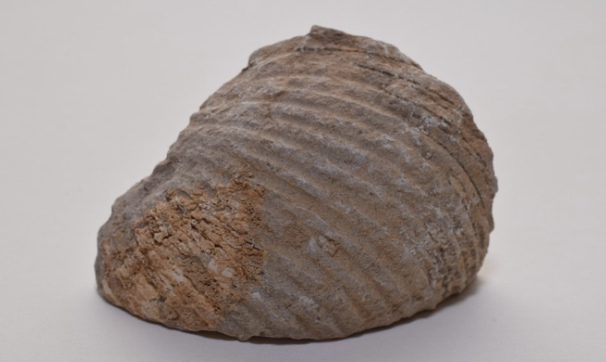Sheffield (UK), May 5: Palaeontologists (who study fossils) have found a billion-year-old multicellular microfossil (microscopic remains of organisms) in Scotland, UK.
It was well preserved at the bottom of a lake. This discovery is important because organisms like these were probably the links in the transition from unicellular to multicellular organisms.
It is named Bicellum brasieri and it measures 30 micrometres. The image on the left shows how the cell evolves into a multi-cellular organism.
Bicellum is spherical in shape and has two distinct cell types when seen under a microscope. It could help to understand how and when animal life evolved.
The research team hopes to examine more samples that could provide further insights.
This report has been published in the journal ‘Current Biology’. The authors of the study are Paul K Strother,Martin D. Brasier, David Wacey, Leslie Timpe, and Martin Saunders.

